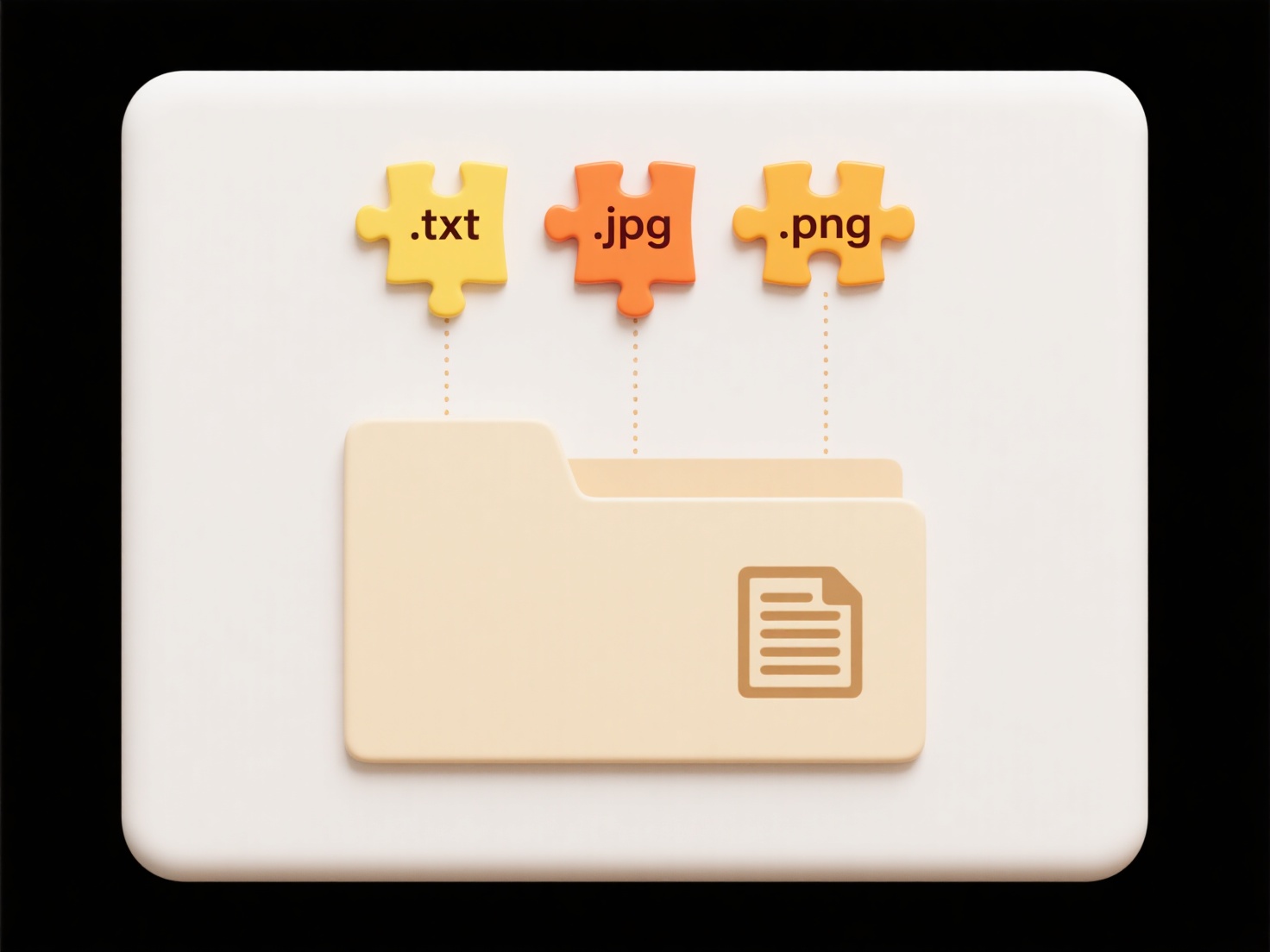
Standardizing search tools across an organization involves implementing a consistent platform or set of integrated tools for finding information throughout all departments. This replaces disparate, department-specific search solutions, like individual drive searches or isolated intranet tools. It works by defining a unified search strategy, selecting a core search technology capable of indexing diverse data sources (document repositories, databases, intranet sites, etc.), and configuring it consistently for everyone. The key difference from the fragmented approach is that users access information using a single, familiar interface and methodology organization-wide, regardless of where the data originates.
In practice, this could involve deploying an enterprise search platform such as Elasticsearch, Microsoft Search, or Google Cloud Search across the entire company. For example, a financial institution might implement this to allow all employees, from HR to finance to customer service, to find policy documents, customer records, and process guides through one secure, company-branded search bar embedded in the intranet or portal. A manufacturing company might standardize search to help engineers quickly locate parts specifications, quality reports, and CAD drawings stored in different systems.

The main advantages are significantly improved employee productivity, consistent information retrieval, reduced training costs, and enhanced security compliance through centralized management. Limitations include the complexity of integrating numerous legacy systems and data silos, managing permissions across sources, and the initial cost. Challenges involve overcoming departmental resistance to change ("our old search worked fine") and ensuring the standardized solution effectively meets diverse needs. Future developments focus on better integration of AI for understanding context and intent, making standardized search even more intuitive and powerful while navigating ethical considerations around data privacy and access equity.
How do I standardize search tools across an organization?
Standardizing search tools across an organization involves implementing a consistent platform or set of integrated tools for finding information throughout all departments. This replaces disparate, department-specific search solutions, like individual drive searches or isolated intranet tools. It works by defining a unified search strategy, selecting a core search technology capable of indexing diverse data sources (document repositories, databases, intranet sites, etc.), and configuring it consistently for everyone. The key difference from the fragmented approach is that users access information using a single, familiar interface and methodology organization-wide, regardless of where the data originates.
In practice, this could involve deploying an enterprise search platform such as Elasticsearch, Microsoft Search, or Google Cloud Search across the entire company. For example, a financial institution might implement this to allow all employees, from HR to finance to customer service, to find policy documents, customer records, and process guides through one secure, company-branded search bar embedded in the intranet or portal. A manufacturing company might standardize search to help engineers quickly locate parts specifications, quality reports, and CAD drawings stored in different systems.

The main advantages are significantly improved employee productivity, consistent information retrieval, reduced training costs, and enhanced security compliance through centralized management. Limitations include the complexity of integrating numerous legacy systems and data silos, managing permissions across sources, and the initial cost. Challenges involve overcoming departmental resistance to change ("our old search worked fine") and ensuring the standardized solution effectively meets diverse needs. Future developments focus on better integration of AI for understanding context and intent, making standardized search even more intuitive and powerful while navigating ethical considerations around data privacy and access equity.
Related Recommendations
Quick Article Links
What is the fastest way to find a recently saved file?
The fastest way to locate a recently saved file leverages the built-in tracking features of your computer's operating sy...
Can file names impact how they appear in online systems or databases?
Yes, file names significantly impact how they appear, organize, and function within online systems and databases. While ...
Can I sandbox an unknown file before opening?
Sandboxing involves running a potentially dangerous file within an isolated virtual environment, separate from your actu...